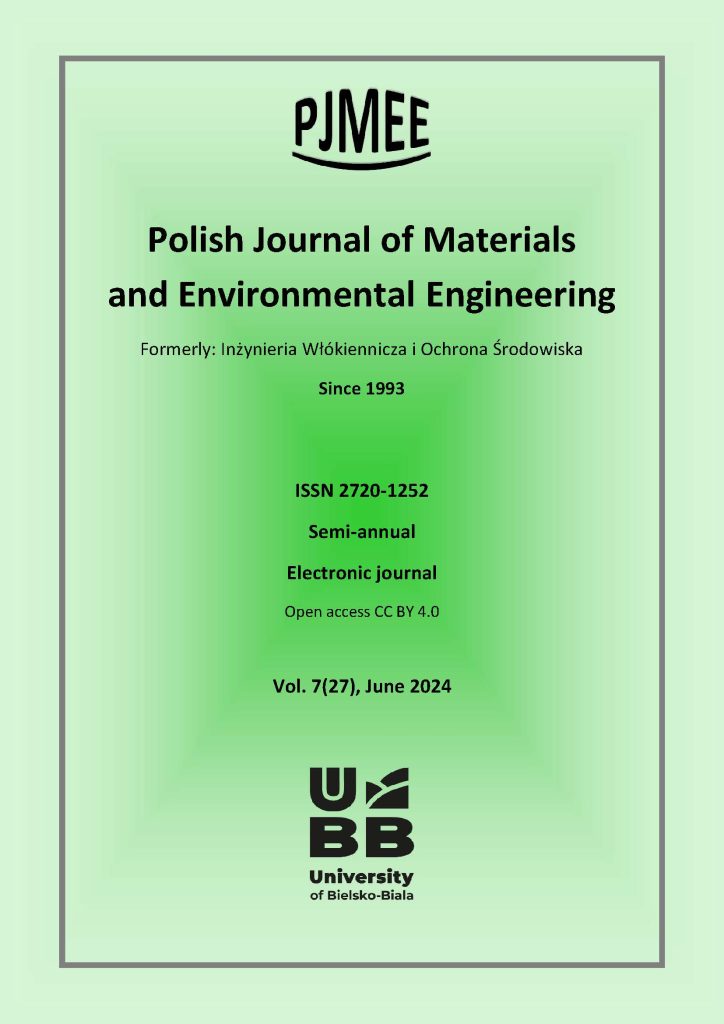Możliwości ograniczania śladu węglowego poprzez wykorzystanie systemu zarządzania energią (EMS) / The possibilities of limiting the trace of coal through the use of the Energy Management System (EMS)
Authors: Marcin PIEKARSKI, Klaudiusz GRÜBEL
Language: Polish with English abstract
Keywords: electricity, system heat, energy management, key parameters of energy efficiency, industry, production
Abstract:
Increasing energy efficiency will be essential to achieving the climate goals laid out in European Union directives. This is particularly true for industries, whose share of heat and energy consumption, using Poland as an example, is about one-third of the total. This challenge has implications both in reducing greenhouse gas emissions, particularly CO2, but also for maintaining the competitiveness of EU countries’ industries in the global market. Implementation in industrial processes of energy management systems – EMS, monitoring energy key performance indicators – KPI, is a tool for making informed investment decisions, in increasing energy efficiency of enterprises and industrial processes. There is the Industrial Energy Management System (IEMS), which focuses on energy efficiency in industrial processes, the Building Energy Management System (BEMS) for buildings, such as commercial buildings, and the Home Energy Management System (HEMS), which is becoming increasingly popular for residential users and small properties.
The concept of measuring, or rather calculating, the Product Carbon Footprint (PCF) of a manufacturing process is derived from the broader concept of Life Cycle Assessment (LCA) in general. The PCF is expressed in Greenhouse Gas (GHG) equivalent units, or CO2-eq. The essence of the PCF calculation is a multi-faceted approach to addressing the sources of GHG emissions, from the acquisition of raw materials, their processing with tools and the energy supplied to the process, through the supply chain and transport to the customer. Each of these stages generates a cost in the form of greenhouse gas equivalent (GHG) emissions to the environment, and the sum of these costs is the present carbon footprint (PCF). Typically, the majority of a product’s PCF comes from the extraction and pre-processing of the raw material itself.
For citation:
Piekarski M., Grübel K. 2024. The possibilities of limiting the trace of coal through the use of the Energy Management System (EMS). Polish Journal of Materials and Environmental Engineering, 7(27), 32–42 (in Polish). DOI: https://doi.org/10.53052/pjmee.2024.7.02
|

|


